On Aug. 9, global superstar and decorated musical veteran Taylor Swift kicked off the final night of the U.S. leg of her Eras Tour at Sofi Stadium in Los Angeles, performing in front of more than 70,000 screaming fans. The impressive large-scale show is divided into 10 different sections corresponding to nine of her 10 albums and one section reserved for two different surprise songs every night. During the show, fans were treated to new bright blue outfits for the “Speak Now” and “folklore” album eras, a color that is emblematic of her album “1989.” Then, after coming out in a blue two-piece set for the “1989” section and a blue duster for the two surprise songs, she announced what fans had been waiting for more than two years — “1989 (Taylor’s Version)”.
“1989,” named after her birth year and originally released in 2014, was Swift’s fifth studio album; more pivotally, it marked Swift’s coronation into pop music as her first holistically synth-pop record. The album was originally conceptualized after her previous project, “Red,” received criticism for attempting to introduce pop elements while still remaining a country album. However, “1989” proved various skeptical critics wrong with an impressive list of chart-topping radio singles that launched Swift to the top of the music industry and cemented her as a master of multiple genres. Featuring monumental pop producers such as Max Martin and Ryan Tedder, the tracks brought nostalgic soundscapes alongside electronic progressions while upholding Swift’s well-admired lyrical imagery, solidifying its place as a high standard for pop music to come. The album earned itself several titles afterward, including the recognition as the most-awarded pop album of all time.
The era of “1989” itself also featured one of Swift’s most identifiable periods of her career. Initiated by her move to New York City, the time period was characterized by Swift’s short hair debut, newfound street style, polaroid pictures and her prioritization of going out with friends. The stark change from Swift’s previous experiences of her coinciding private and public life left an impression of a rebirth as a pop star unbound by her relationship status. The famous 1989 Secret Sessions following the original album’s release cemented the clear emphasis on friendship connection that Swift associated with the new era, inviting fans to listen to the entirety of “1989” pre-release, alongside the star in her various homes across the world.
Despite rampant success during the original era, not everything went well for Swift during her release of 1989. While she was at the highest point of her career thus far, Swift faced extreme scrutiny from the media about her personal life. As her accomplishments grew, so did the narratives that quickly began to spin about Swift’s personal life. Swift was also facing many body image struggles at this time, as reflected on in her 2020 Netflix documentary “Miss Americana.” But, through the introduction of her re-recordings, Swift has gained a chance to revisit the last eras of her life through matured eyes and can use the support from her fans to relive the era in a much healthier way.
Fans had been waiting for the album announcement ever since Sept. 17, 2021, when Swift released “Wildest Dreams (Taylor’s Version)” in response to a TikTok trend that used its bridge. The next taste of “1989 (Taylor’s Version) that fans got was on May 6, 2022, when “This Love (Taylor’s Version)” was featured in the Prime Video series “The Summer I Turned Pretty.” After that, besides speculative fan theories that often turned out to be untrue, all was silent on Swift’s front until Aug. 9, when she announced the album.
In preparation for the release, Swift collaborated with Google to create a series of trivia word search puzzles about her life during the “1989” era for her fans to solve when they looked up her name in order to unlock the names of the new “From The Vault” tracks. Eventually, her fans hit the astonishing 33 million puzzle quota and unlocked the names of the vault tracks, with the exception of “‘Slut!’ (Taylor’s Version) (From The Vault),” whose title was given via a cryptic Instagram post on Swift’s account.
“1989 (Taylor’s Version)” released at midnight on Oct. 27th, the nine-year anniversary of the original album, with 21 tracks — 13 standard tracks, three deluxe tracks, and five never-before-heard vault tracks, written by Swift for the original album but scrapped from the final tracklist. A deluxe version of the album with the “Bad Blood” remix re-recording featuring American rapper Kendrick Lamar released later that day.
While the objective of the album is to recreate the original tracklist as close to the original as possible, that didn’t stop Swift from adding in new embellishments or making previously unheard elements more prominent in the mix. Songs like “Out of the Woods (Taylor’s Version)” boast powerful vocals and pulsing synth-scapes, while other songs like “How You Get The Girl (Taylor’s Version)” and “I Know Places (Taylor’s Version)” incorporate stronger, more emotional vocal performances.
With nine years of new experiences separating the original from the re-release, many of the songs have changed meanings in the context of Swift’s life. Her quippy vocals in “Blank Space (Taylor’s Version),” a song in which she becomes the character that the media portrayed her to be, take on a new meaning after “reputation.” Now, her voice conveys a carefree nature in tone without the weight of the heightened scrutiny she faced at the time. Similarly, the introspective and ruminative lyrics of “Clean (Taylor’s Version)” include an augmented retrospective aspect after Swift’s years in and out of the spotlight, battling personal and public struggles. As she sings “10 months older, I won’t give in. Now that I’m clean I’m never gonna risk it,” the impact of the words settle into fans after following her decade-long path to stability in the spotlight.
Despite the elevation of these tracks, not every alteration on the rerelease was met with satisfaction from Swift’s fan base. Most notably scrutinized was “Style (Taylor’s Version),” particularly with its seemingly filtered version of the guitar solo in its introduction. Throughout the song, listeners also felt less energetic vocals in the chorus and less nostalgic emotion from the electronically-produced background. Another song that was subject to scrutiny was “New Romantics (Taylor’s Version)” due to its more computerized sound compared to the original, which sounded jarring at times, especially in the final chorus.
Even with these changes, Swift has done the iconic tracks justice, with a remarkable re-recording that encapsulates the original fun and animated energy with refined production and matured vocals. After “New Romantics (Taylor’s Version)” concludes, the record goes into new territory, exploring five new vault tracks. Many fans were taken by surprise that there were only five after Swift previously stated that she wrote over 100 songs for the album. However, the selective choice allowed for, in Swift’s opinion, her favorite vault tracks of all the re-recordings.
“‘Slut!’ (Taylor’s Version) (From The Vault)” is the first vault track. The song, similar to tracks on Swift’s 2022 release, “Midnights,” lives in a hazy, atmospheric production with lyrics that harken back to “Blank Space (Taylor’s Version),” with its themes dealing with public image and media scrutiny. However, in contrast, “Slut! (Taylor’s Version) (From The Vault)” turns her image around in the context of a romantic relationship with the line, “if they call me a ‘slut,’ you know it might be worth it for once.”
The next vault track is “Say Don’t Go (Taylor’s Version) (From The Vault),” in which Swift brandishes her lower, fuller range in the beginning and then travels into a sparse chorus before hitting a cathartic post-chorus similar to that of “All You Had To Do Was Stay (Taylor’s Version).” Swift has always been known for creating great bridges in her songs, and “Say Don’t Go (Taylor’s Version) (From The Vault)” probably has the strongest bridge of all the vault tracks, with repetitive, echoing callouts and a dramatic pause after Swift sings “I said ‘I love you,’ you say nothing back.” Lyrically, she juxtaposes the upbeat sound of the track with melancholic lyrics about someone falling out of love and the desperation of wanting them back, constantly repeating phrases like “I would stay forever if you say ‘don’t go.’”
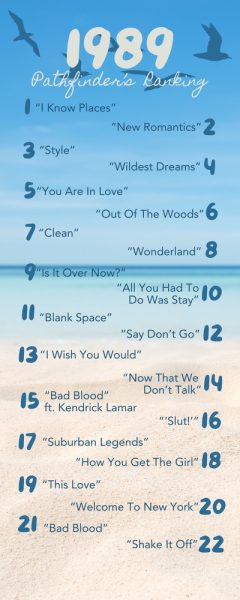
“Now That We Don’t Talk (Taylor’s Version) (From The Vault),” Swift’s third vault track, brings fans back to the punchy pop sounds of the 80s, following a reflective tale of the aftermath of a relationship. With a cadenced electronic synth beat — reminiscent yet again of “Midnights” backing tracks — the song opens up with contemplative verses in Swift’s lower register. As the kick drum background expands, the song transitions to a high-range, intense melody with heavily layered vocals and harmonies to create a breezy tone. Ending the song abruptly with the acapella line, “Now that we don’t talk,” the two-and-a-half minute song left some wanting more angsty lyrics in the bridge and a third repeat of the chorus. However, the rhythmic beat generally left her listeners bopping along, and the pensive yet bitter lyrics encompassed the mental cacophony of looking back on a meaningful relationship.
With its bright arpeggiators and four-on-the-floor kick drum, “Suburban Legends (Taylor’s Version) (From The Vault)” represents a more mellow moment on the record, as Swift once again opts for a “Midnights”-esque feeling that is most similar to the song “Mastermind.” In the song, Swift longs for the person who she loves to love her back, paralleling “Say Don’t Go,” and explains in detail how their love story would unravel in her fantasies. The title of the song itself also seems to represent Swift’s journey as an artist. She grew up in the small town of West Reading, Pa. and moved to Nashville to further pursue her music career, dropping out of traditional high school and becoming homeschooled to put her career at the center of her focus. The themes and production in “Suburban Legends (Taylor’s Version) (From The Vault)” are delightfully homey and feel as though Swift is completing a full circle in her career, revisiting her hometown roots after the original “1989” era.
“Is It Over Now? (Taylor’s Version) (From The Vault),” the final vault track and the closing track for “1989 (Taylor’s Version), served as somewhat of an unexpected surprise for many listeners. The standout song, beginning with a short clip of layered noise, featured a sonically-intriguing backing track with repeated siren-like sounds over hazy instrumentals. Growing into an uptempo drum beat, Swift jumps into the catchy chorus with descriptive lyricism visualizing a story of an unhealthy relationship. The second chorus, with lyrics such as “red blood, white snow,” grew fan speculation about its references to significant public events during Swift’s theorized relationship with British singer Harry Styles. From there, Swift asks a series of rhetorical questions directed at the subject of the song about if their relationship can survive even after both of them have done wrong. Overall, the song’s similarity to fan favorites such as “Out Of The Woods (Taylor’s Version)” simply guaranteed the track for public appreciation.
In conclusion, the vault tracks are spectacular additions to the album although their sound feels slightly more nuanced than the original tracks. Each of the five songs have elements that tie back to the rest of “1989 (Taylor’s Version),” creating a cohesive and fun ending to the album. These tracks should all eventually become classic pop hits of Swift’s, and, knowing her success rate on the charts so far, they will be.
This re-recording gives us no reason to have any bad blood with Swift and her collaborators. For skillfully recreating the emotion of the original album while giving fans more to explore through new vault tracks and altered pre-existing tracks, Pathfinder ranks “1989 (Taylor’s Version)” a 9/10.

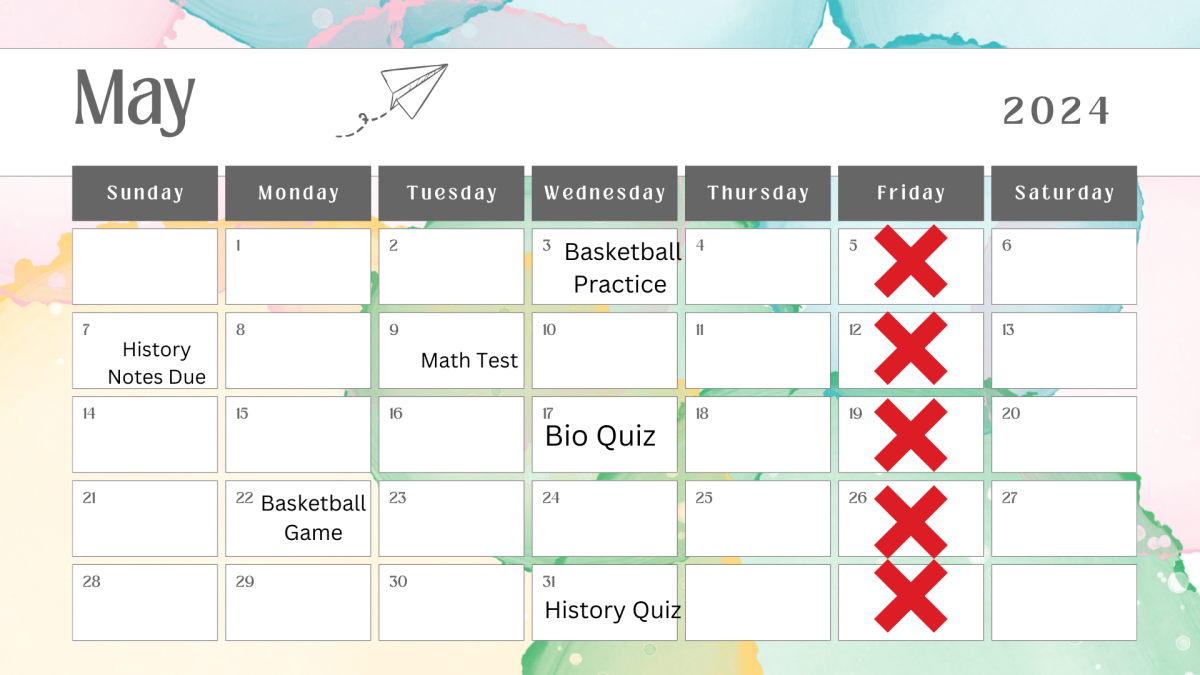
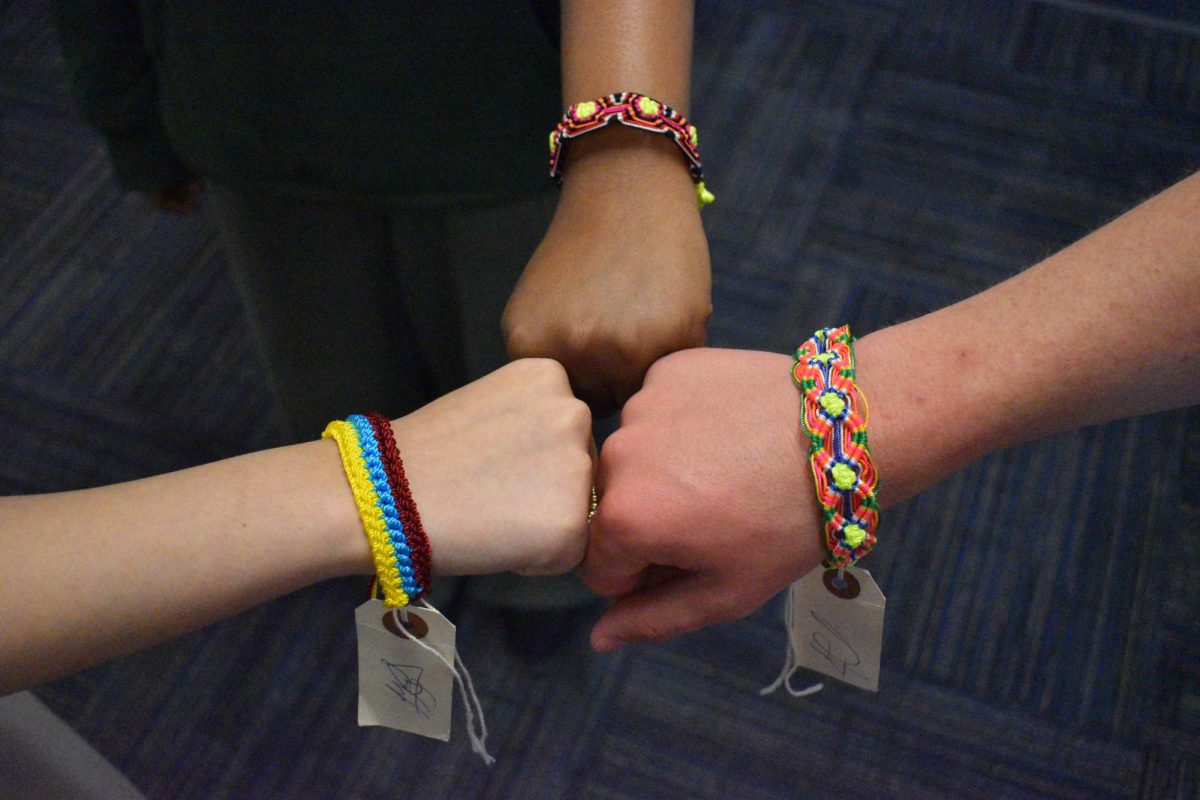

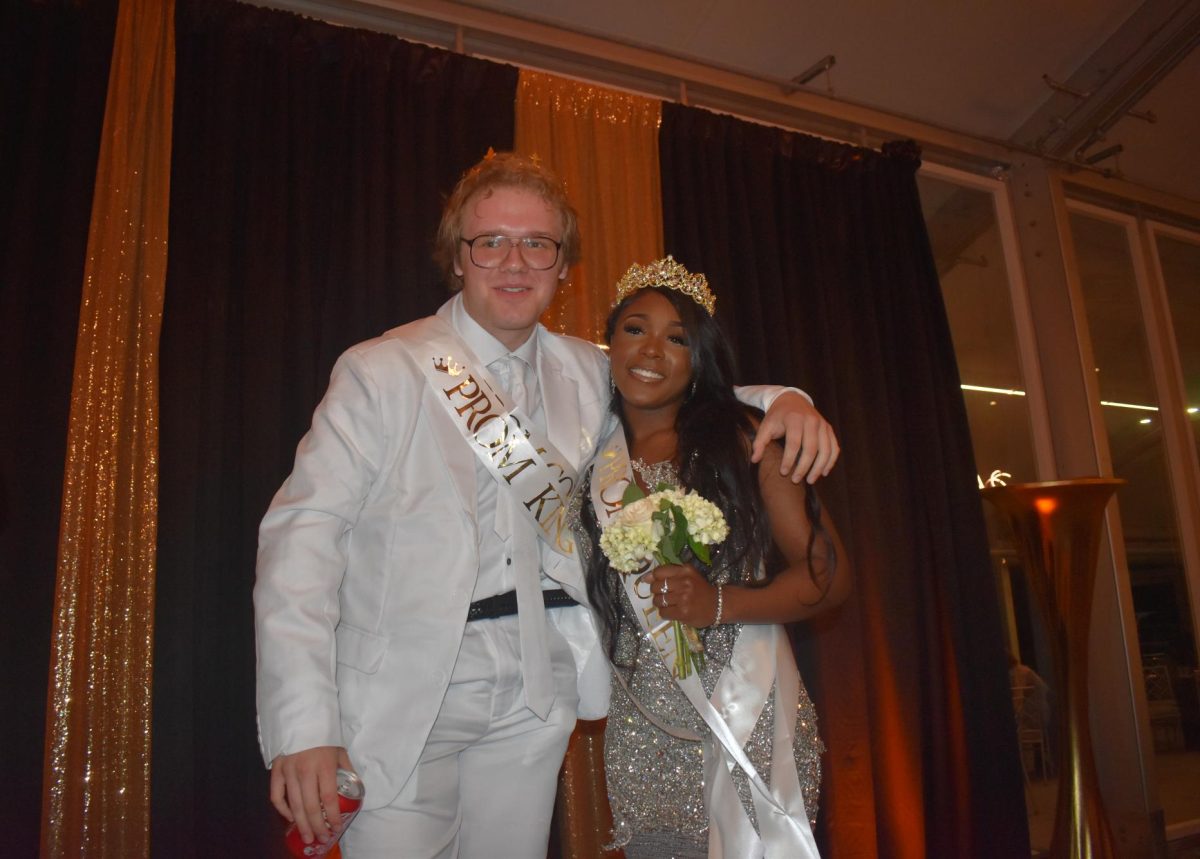
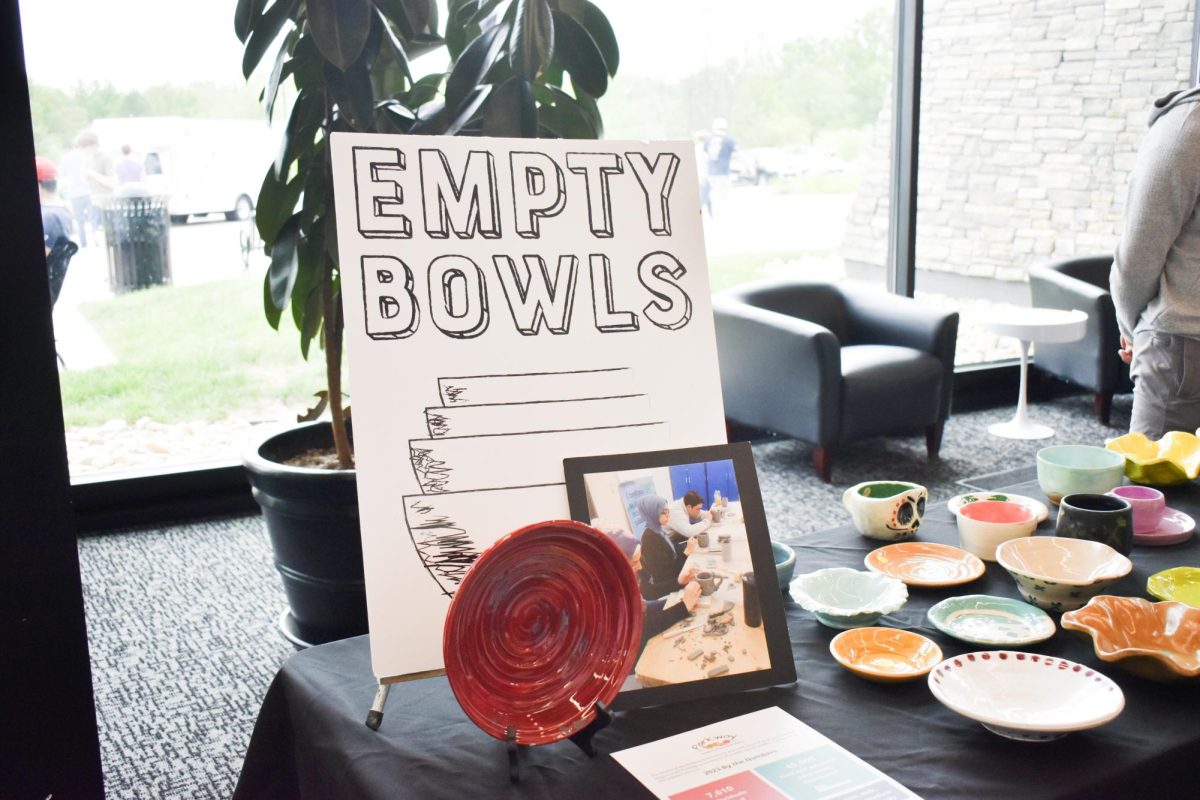
![Latin students pose for a group photo in front of historical ruins in Italy. From March 13 to March 23, the Latin department traversed cities in Italy to immerse students in an educational experience of a lifetime. “I enjoyed being able to learn about the different cultures. [The trip] encouraged me to see other peoples lifestyle and learn more about different histories,” senior Suraiya Saroar said.](https://pwestpathfinder.com/wp-content/uploads/2024/04/PXL_20240318_092633493.jpg)
![From Jan. 22 through Feb. 1, Parkway West High is displaying a wide array of art pieces made by students ranging from elementary to high school. All classes were represented on the displays in both the art wing and the main foyer of the school. “[Art] benefits me because in the middle of a busy day. I can just relax and have some fun doing art and it makes me happy. I think its important that you show art in the art show so that people can get inspired by it and be inspired to create their own pieces; it’s really impactful,” sophomore Dhiya Prasanna said.](https://pwestpathfinder.com/wp-content/uploads/2024/02/image1-1200x800.jpg)
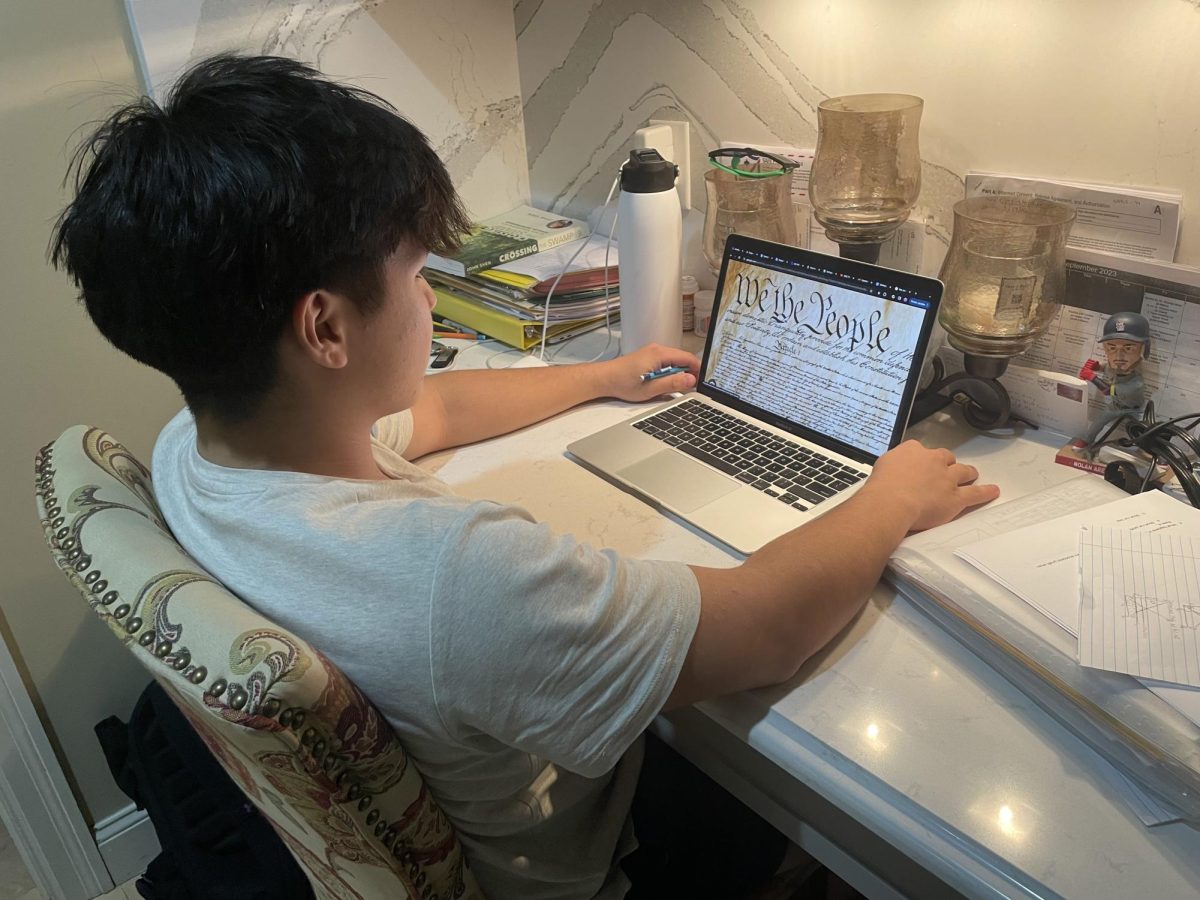
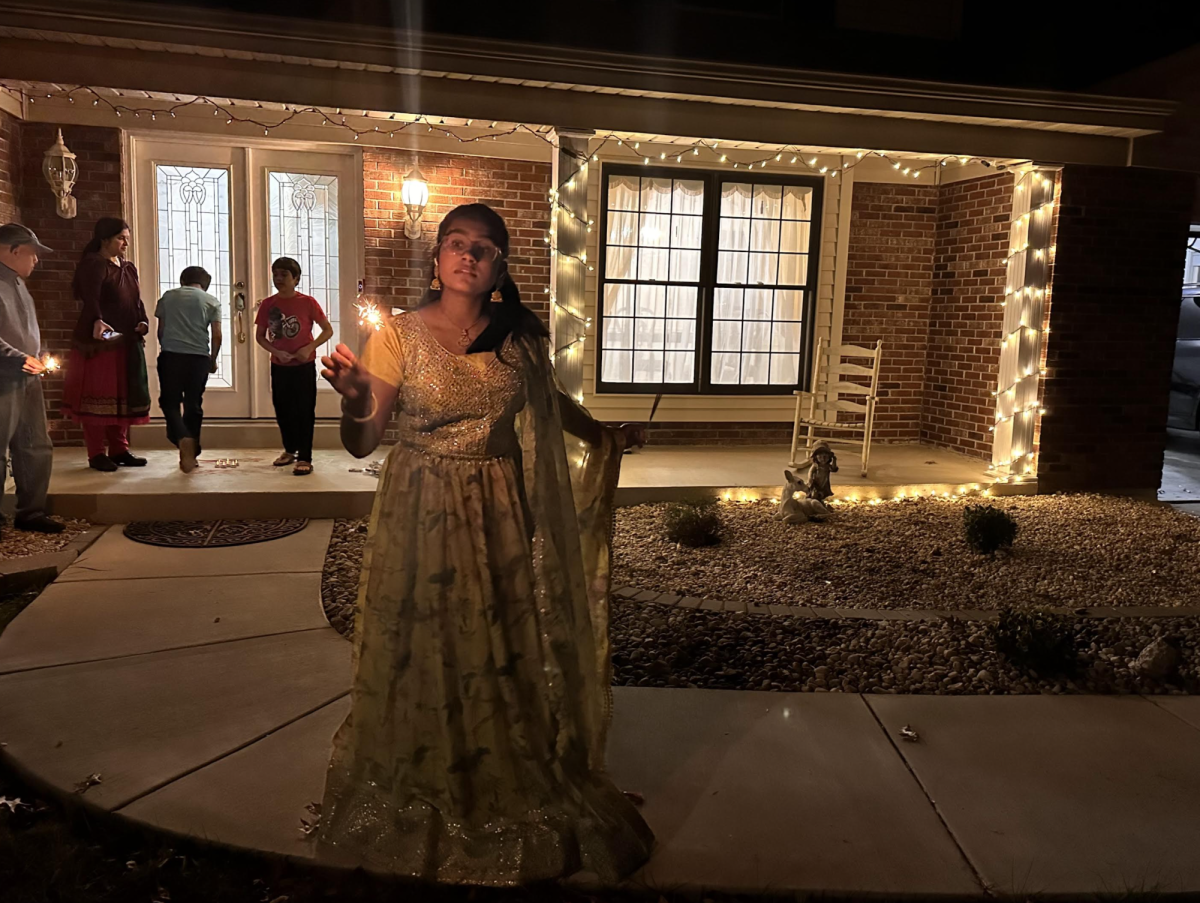
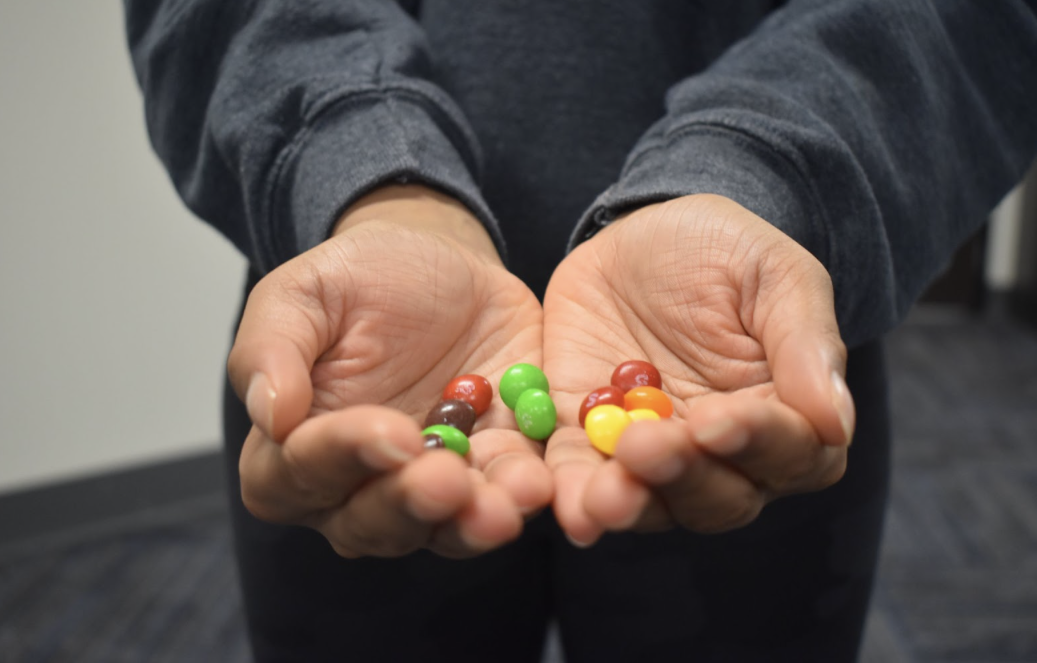
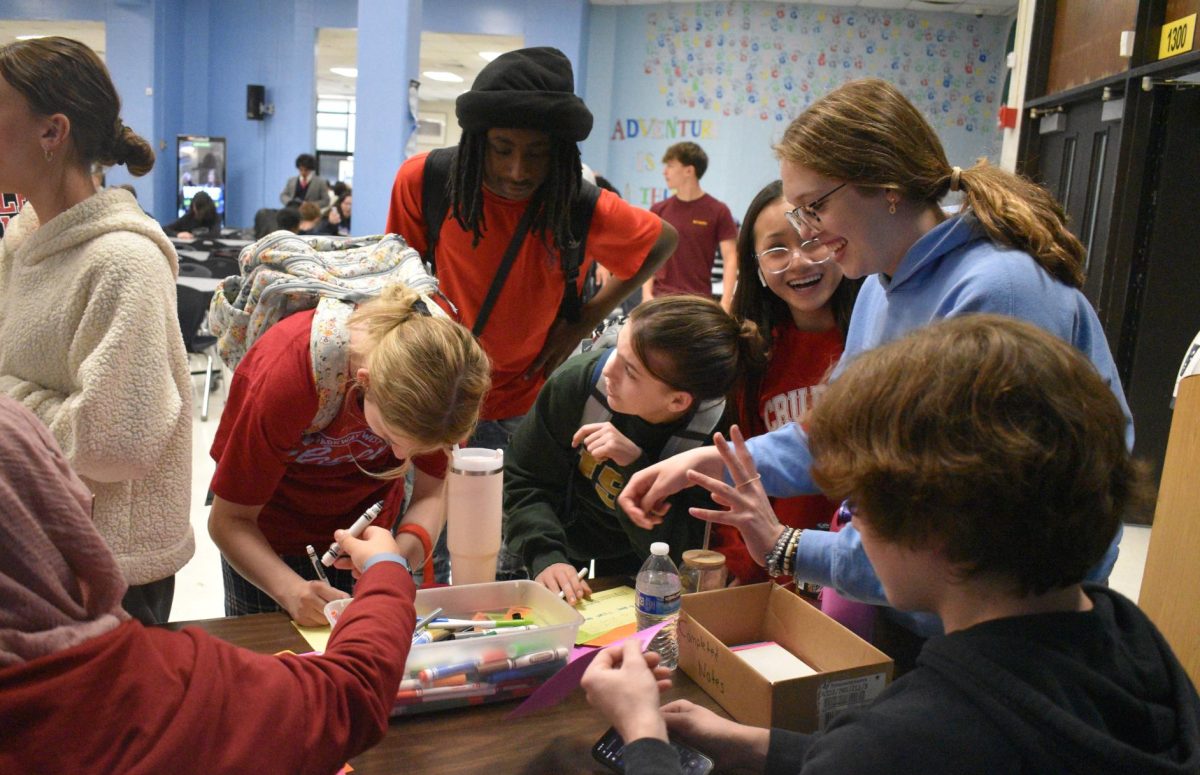

![Moviegoers smile for a picture after watching the Bollywood movie “3 Idiots.” The event ran from 4-8 p.m. on Saturday, March 9 and was open to students across the Parkway School District. “I decided to come to the movie night because I wanted to introduce my non-Indian friends to the rich culture and entertainment of Bollywood. One of my favorite parts [of the night] was the combination of [the] amazing food and the pure comedic entertainment. [It] was unmatched,” sophomore Aryan Allu said.](https://pwestpathfinder.com/wp-content/uploads/2024/03/IMG_5479-e1710180016483-1200x900.jpg)
![Senior Kylie Secrest volunteers at the blood drive signup table.The table provided students aged 16 and up with information about the drive and assisted them in the signup process. “We decorated the stand in the lunchroom with heart related or red decorations from either Dollar Tree or Five Below,” Secrest said. “This year was my first year doing [the blood drive] and it was fun. I got to be able to meet new people and help out the community.”](https://pwestpathfinder.com/wp-content/uploads/2024/03/image2-1200x800.jpg)
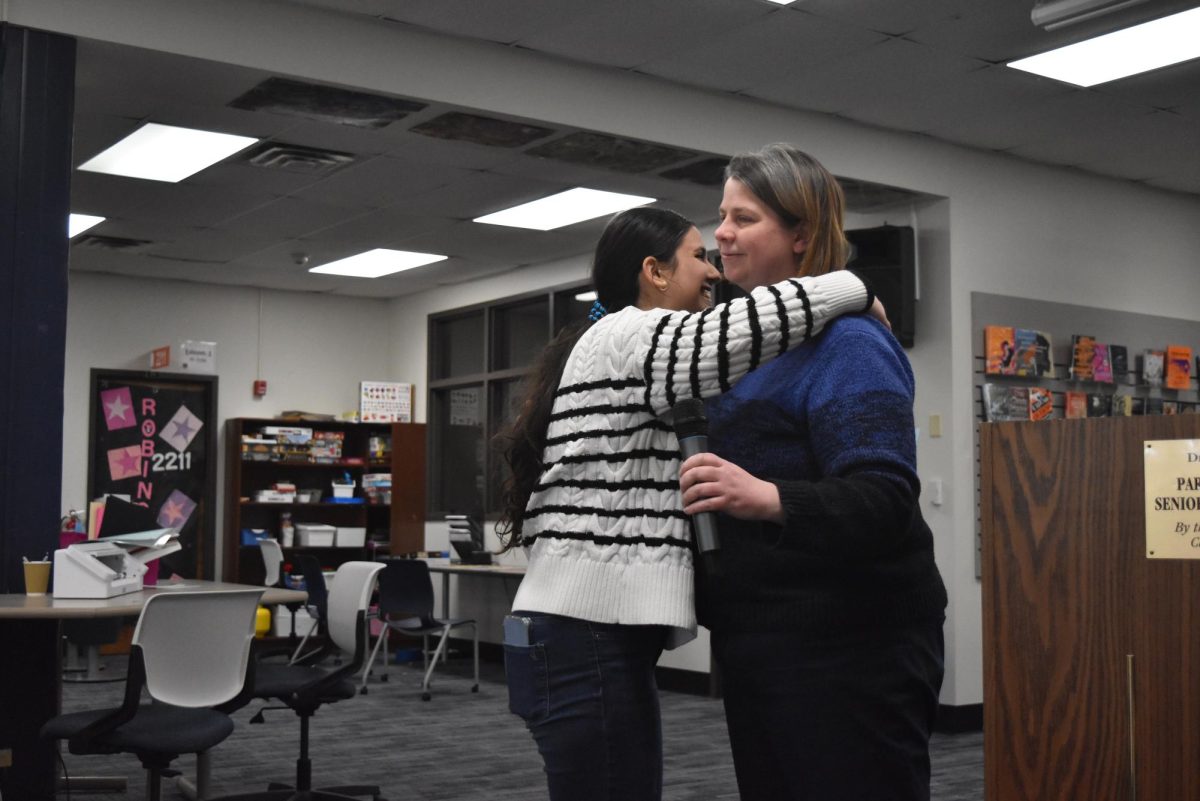

![Smiling widely, Principal John McCabe congratulates English teacher and English Department head Shannan Cremeens on winning the 2023-2024 Teacher of the Year title. Sophomore Cooper Oswald was a witness to the celebration. “We were all pretty excited. We were all clapping and standing up. We even [got to] take a picture with her,” Oswald said.](https://pwestpathfinder.com/wp-content/uploads/2023/12/TOYvertical-1200x954.png)
![Standing in front of the American Sign Language program’s mural, junior Brooke Hoenecke signs with freshman Darren Young. Hoenecke began cadet teaching for ASL this year alongside working towards earning her seal of biliteracy. “I was in ASL class when I received the email [that I qualified for the seal]. I was jumping up and down with my teacher and the rest of the class. One of the reasons why I took cadet teaching this year was so that I could prepare for the Seal of Biliteracy and be immersed in ASL,” Hoenecke said.](https://pwestpathfinder.com/wp-content/uploads/2024/05/hoenecke.jpeg)
![With a keen eye for detail, senior Natalie Lashly writes her signature onto the senior hand wall. After some encouragement from her friends, Lashly applied to make the hand wall with her Lorax-inspired design. I thought the [bright] colors would be fun. Our quote on the wall is Let us grow,’ based on the Let it grow song [from the movie]. [I was hoping that the design would] make the cafeteria feel more exciting, Lashly said.](https://pwestpathfinder.com/wp-content/uploads/2024/05/DSC_0099-1200x801.jpg)
![Walking onto the field, freshman Erastus Adewusi wears a pink jersey in remembrance of cancer awareness month. With the number seven on his jersey, Adewusi reflects on his life in Nigeria before moving to America. “I [used to wake up] at 5:30 a.m. and school would end at 5 p.m. [versus] now,” Adewusi said.](https://pwestpathfinder.com/wp-content/uploads/2024/05/DSC_0029-1200x800.jpg)
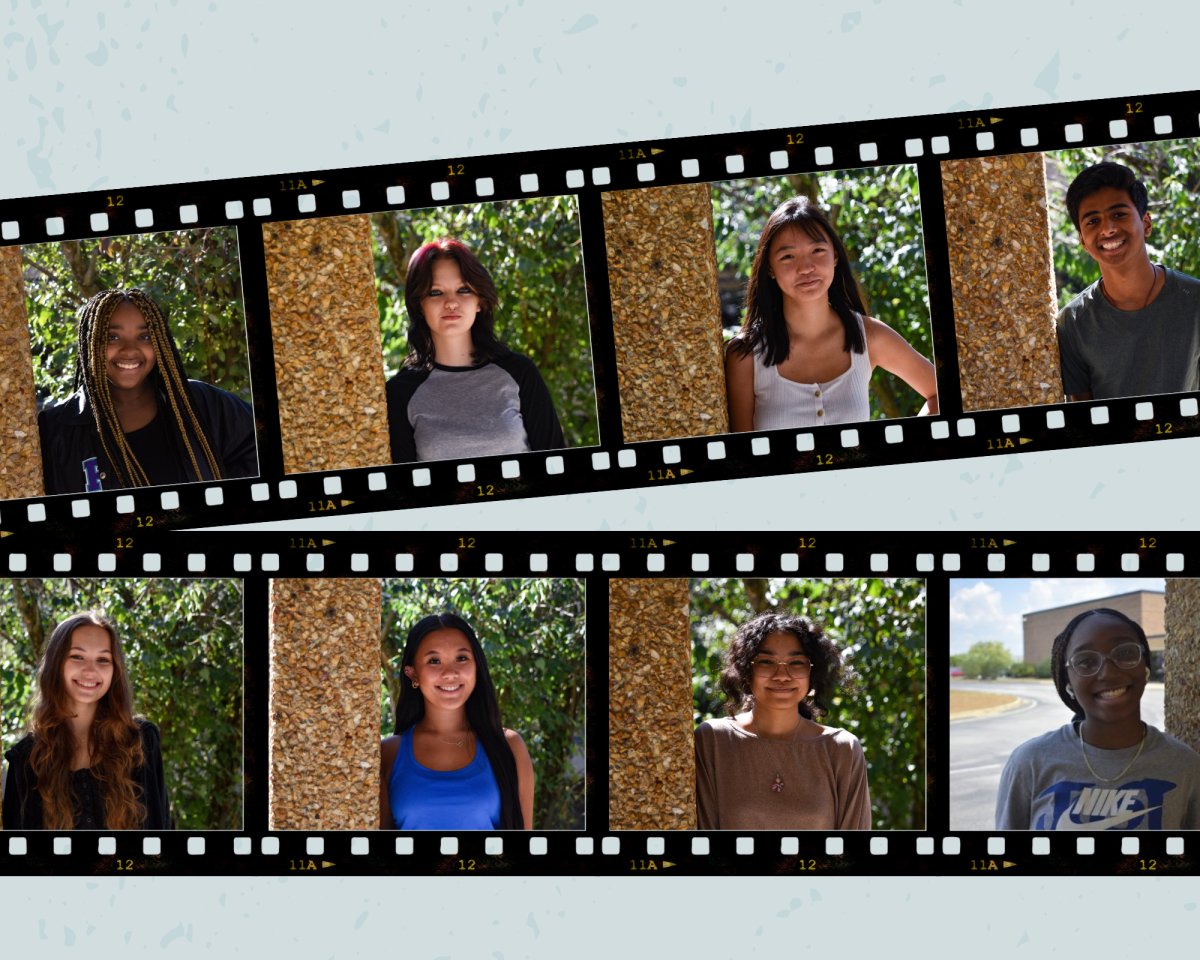
![Envisioning a cathedral in his mind, senior Soren Frederick puts pencil to paper and practices a rough sketch in the drawing room. Frederick grew up surrounded by a family of artists who helped him realize his passion for drawing and painting as he matured. “My family [is] very much [an inspiration] for drawing and painting. [Art] didn’t start [in the family] with me; it started with my mom and my older sister, and my older brother is very good at drawing [too],” Frederick said.](https://pwestpathfinder.com/wp-content/uploads/2024/05/DSC_0017-1200x800.jpg)
![Junior Amelia Geistler poses with her aunt, uncle and cousin. Moving through childhood, Geistler learned that having parents with a different appearance from her meant facing awkward, upsetting situations. “Something I faced [after] being adopted was that I was [treated] better when people discovered I had white parents. A childhood memory [is] when I went over to a friends house for the first time and her parents seemed to be very passive-aggressive, but when they learned I was adopted by white parents, they gave me equal treatment and ‘love’ as their white daughter,” Geistler said.](https://pwestpathfinder.com/wp-content/uploads/2024/04/Screenshot-2024-04-30-7.54.03-AM.png)
![Business and personal finance teacher Evan Stern stands in front of his classroom. After facing hardships growing up, Stern learned how to deal with them with the help of role models like his dad. “We dealt with some trauma when I was in middle school, and my dad had to be responsible for all three of us while he was working full-time. I know he had to sacrifice a lot. Im sure it was really hard for him, but looking back on it, he did a really good job . I didnt appreciate everything that he did at the time because I was so young. Now, Im engaged and probably going to have kids of my own in the next couple of years so I [am starting] to look at things differently,” Stern said.](https://pwestpathfinder.com/wp-content/uploads/2024/02/Untitled-7-1200x900.jpg)
![Holding his two smiling daughters in his arms, Principal John McCabe celebrates earning his doctorate degree. He attended Maryville University for two years and reached his goal of achieving a Doctor of Education: Educational Leadership degree after months upon months of hard work and long nights. “Im not going to lie, Im glad I have another night of my life back when Im not at school till very late,” McCabe said. “I can spend more time with my family and with my friends [who] are here at [West]. Im really happy about that.”](https://pwestpathfinder.com/wp-content/uploads/2024/01/mccabefeature.png)
![Art teacher Katy Mangrich sits in her classroom, smiling for a picture. During her time in high school, Mangrich learned several lessons that she now passes on to her son. “The biggest life lesson that I learned is honesty. I wouldnt say I was the best teenager, but I learned very quickly in high school to always be forthcoming and honest with my parents because it always ended up serving me better in the long run. [My parents] might have been upset with me [and the mistake I made], but I wasnt going down the rabbit hole of a lie because that was just going to get me into more trouble,” Mangrich said. “I passed [that lesson] along to my nephew. Honesty is always your best approach; just don’t lie. I say that to my son all the time. Theres no advantage to lying, [and] thats a huge takeaway [from] how my parents raised me.”](https://pwestpathfinder.com/wp-content/uploads/2024/01/Screenshot-2024-01-26-10.10.12-AM.png)
![Social studies teacher Aaron Bashirian smiles in front of his classroom. Bashirian didn’t know he wanted to be a teacher from early on, but he found the choice to be a good one. “I started [teaching] because there was an opportunity for me to experiment with it. Fortunately, [teaching] was a good choice. In 2012, I became a teacher at Parkway at the Alternative Discipline Center, which is where they send suspended kids to keep being educated if they choose. I spent six years there and then I got drafted to West, [where] Ive been for about six years,” Bashirian said.](https://pwestpathfinder.com/wp-content/uploads/2024/01/Untitled-35-1200x800.jpg)
![English teacher Angela Frye stands behind her desk in her classroom. Frye went through a lot of personal struggles to get to where she is today, and with each step in her life, she carries her gratitude for those obstacles. “Everything happens for a reason. I believe in [the concept of] good energy, good karma, [from] being a good person. Those are things I dont take lightly. [Struggles] build character. You really appreciate everything you have when you have to work for everything you have,” Frye said.](https://pwestpathfinder.com/wp-content/uploads/2023/11/Untitled-8-1200x800.jpg)
![English teacher Leslie Lindsey smiles for a photo behind her desk. Growing up, Lindsey participated in many things outdoors, learning life skills that she still uses today. “I loved fishing and was never grossed out by it. I could get my hands dirty and spend time outside; even when it was cold, I didnt care. Fishing takes a lot of patience, and that is [now] a virtue of mine because I have great patience that translates into my classroom,” Lindsey said.](https://pwestpathfinder.com/wp-content/uploads/2024/04/IMG_6632-1-e1712758336310-1200x983.jpeg)
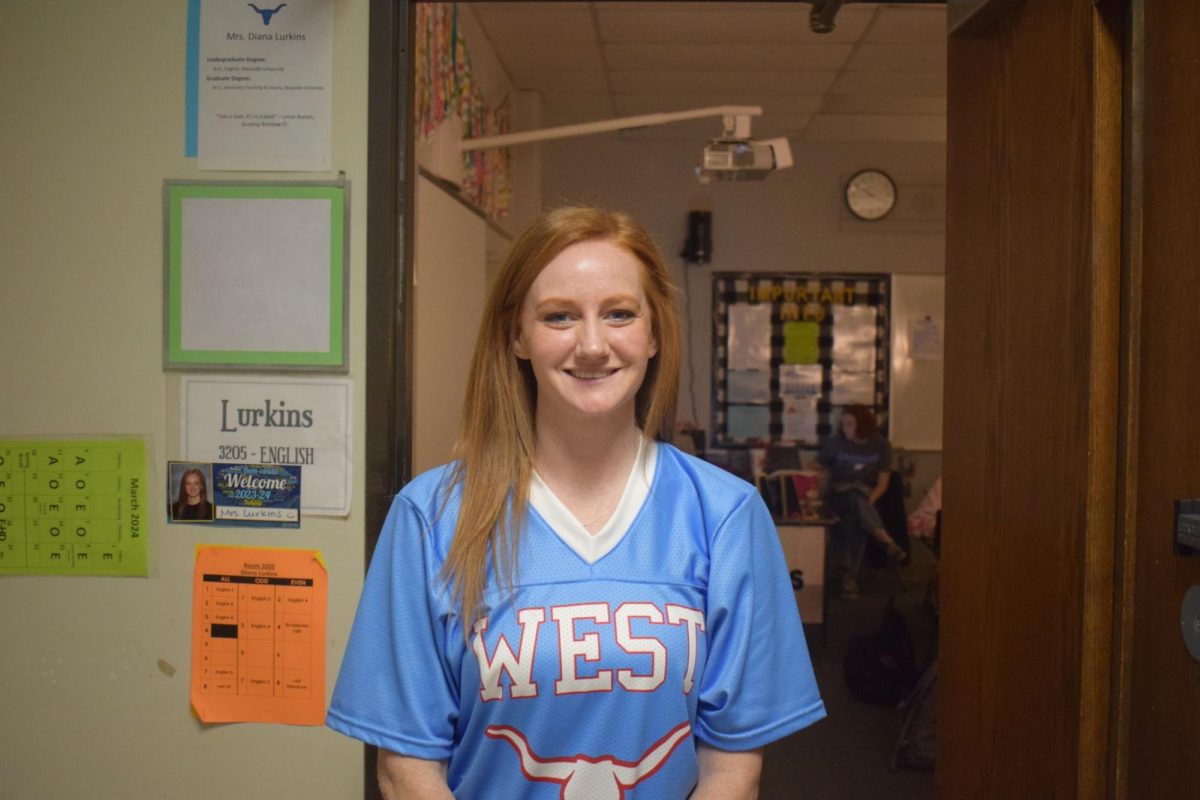
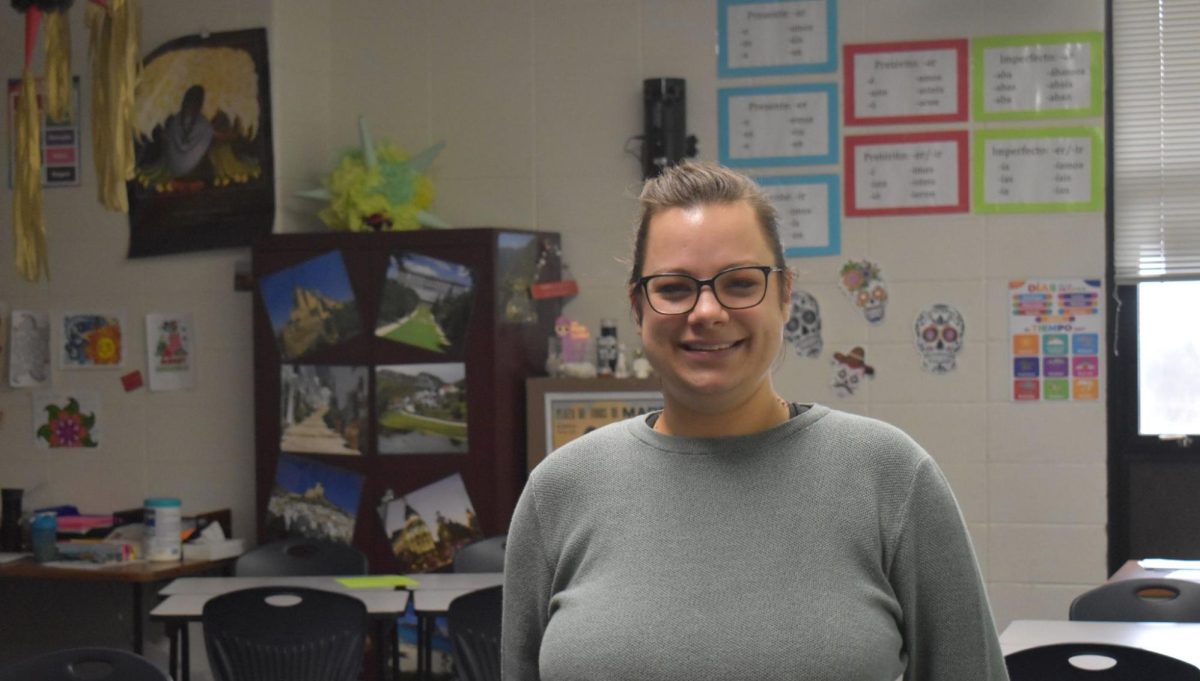


![Since the Supreme Court’s repeal of the federal law protecting a women’s fundamental right to abortion, many states have begun to restrict access to or even ban abortion. On June 24th, 2022, Missouri was one of many states to move to ban abortion. “Missouri is giving fetuses more rights than humans who’ve been on this world for many years. If someone [wants] to have an abortion because of whatever [reason], it should be their choice. You dont know why theyre in that position and you dont know why they need an abortion,” senior Mars Allendorph said.](https://pwestpathfinder.com/wp-content/uploads/2024/05/Bang-1.png)
![Company marketing for gifts and cards during Mother’s Day and Father’s Day depicts the differences associated with the holidays. In order to capitalize on profit, large companies often include stereotype-reinforcing marketing behind parental celebration products: Mother’s Day sales typically prioritize jewelry and clothing, complete with heartfelt messages about childcare, while Father’s Day gifts tend to illustrate the father in a less serious, paternal light. “In terms of emails around those holidays, I typically get more Mothers Day [marketing] from florists or from whatever places Ive shopped at online. I tend to see more in terms of advertising and marketing,” English teacher Casey Holland said.](https://pwestpathfinder.com/wp-content/uploads/2024/05/Untitled-design-11.png)
![Frequent school shootings across the United States and subsequent lack of action have led to a chronic state of fear for many students. Recent mass shootings in schools created a new risk for students. “I’m constantly anxious about school shootings. The idea that it could happen and the prevalence of [school shootings in America] is scary. Whenever alarms go off in the school, I fear that [a shooting] might happen,” senior Carlee Priem said.](https://pwestpathfinder.com/wp-content/uploads/2024/05/Add-a-heading-27.png)
![Like many students, sophomore Medina Nanic experiences pressure to do well in school. Through continuous success and achievements, West has developed a high academic standard for students. “Because we’re seen as one [of] the better schools, we have higher standards than the [schools] who aren’t ranked as high. There’s a lot of pressure on students to do [well] and live up to those standards,” Nanic said.](https://pwestpathfinder.com/wp-content/uploads/2024/05/DSC_0029-2-1200x800.jpg)
![In the 1950s, the first recorded spikes in global temperatures were recorded, and ever since, Earth has been in the midst of a disastrous climate crisis, as rising temperatures wreak havoc on susceptible regions and destroy animal habitats worldwide. Junior Nidhi Pejathaya helped found West’s Sustainability Council to create a space where students can educate themselves about climate change and do their part to preserve the environment. “When youre going out of your way to recycle [or] reuse your clothes to save water, youre saving people. Youre saving adults, youre saving families, youre saving children. Youre saving a whole generation. Just because we dont see it doesnt mean its not happening,” Pejathaya said.](https://pwestpathfinder.com/wp-content/uploads/2024/04/new-editorial-feature-1200x800.jpg)





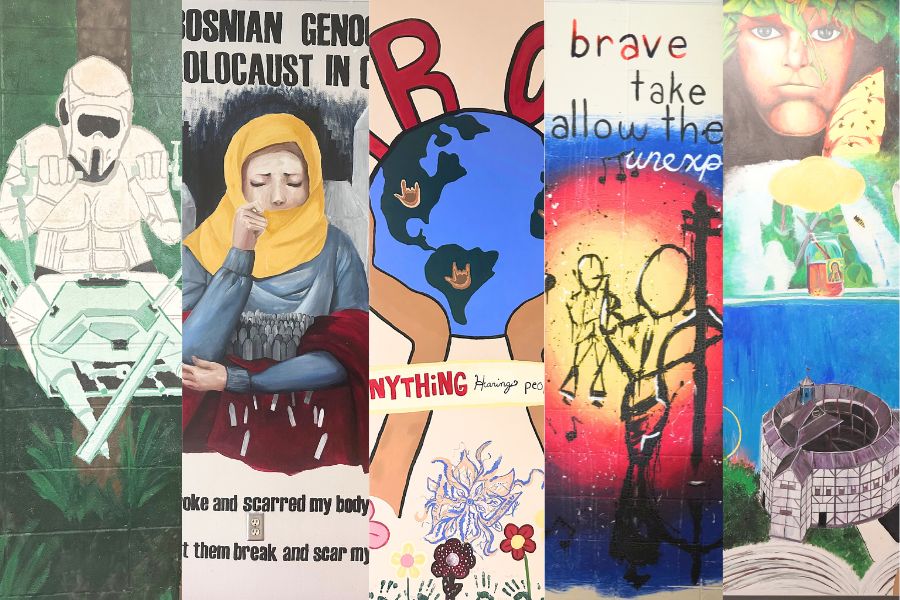
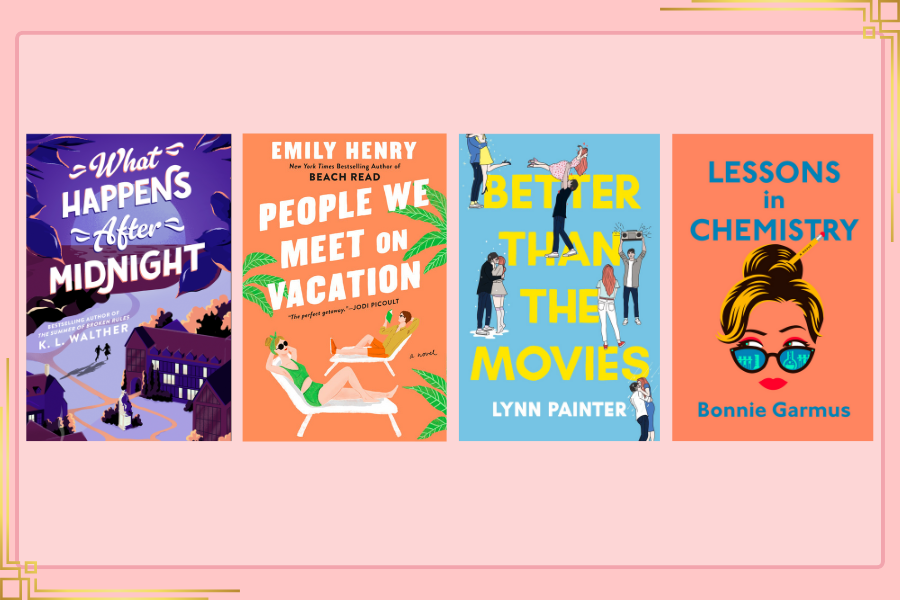
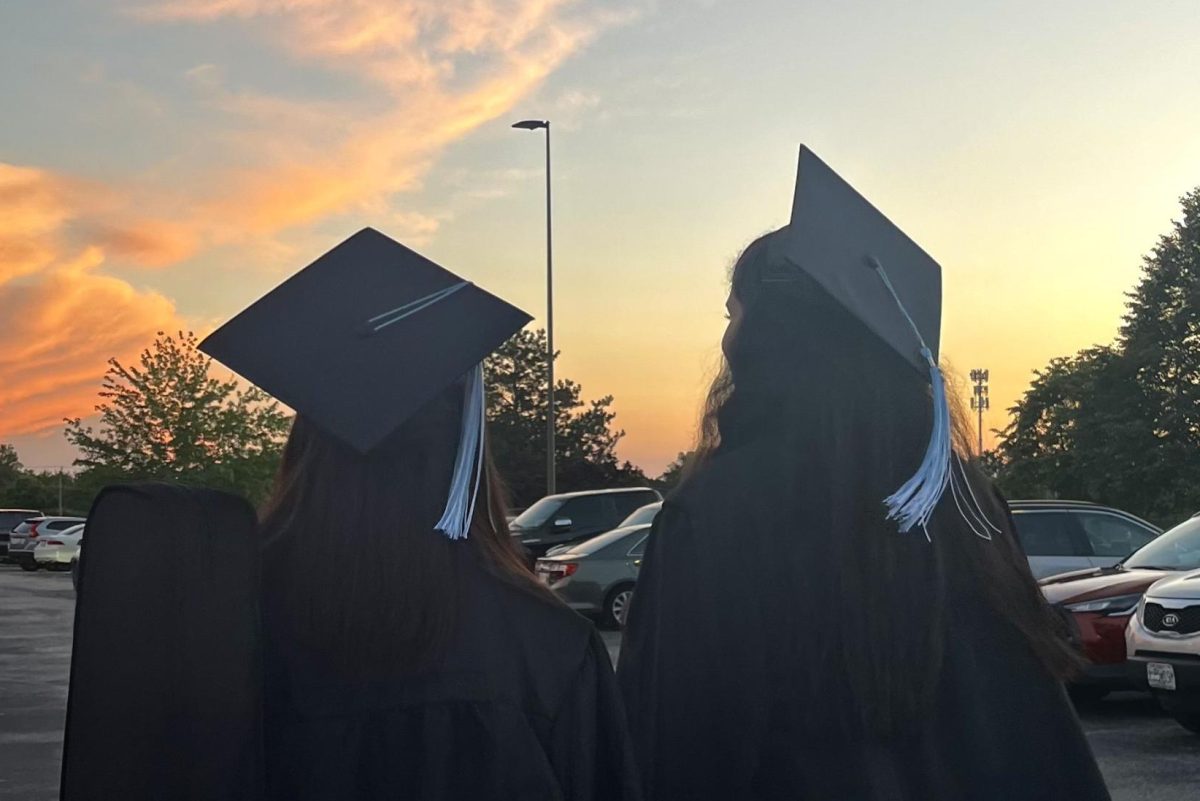
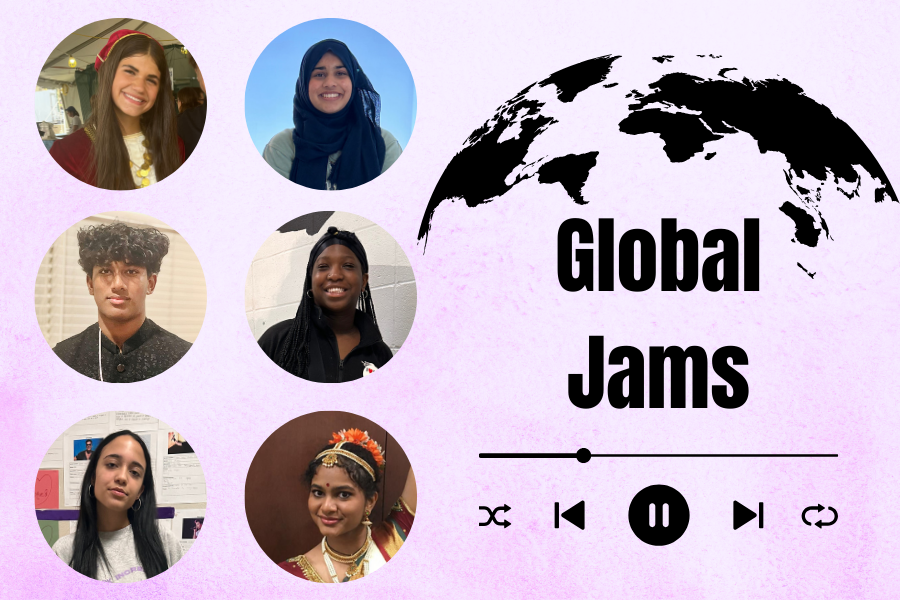
![Rested against a rainbow of colored pencils, a phone plays singer-songwriter Gracie Abrams’ single “Risk.” Abrams released the song as the lead single to her upcoming album “The Secret of Us.” “We had real, true fun writing this album. There were also the occasional tears. Audrey [Hobert] and I wrote ‘Risk’ on our couch at home,” Abrams wrote on Instagram.](https://pwestpathfinder.com/wp-content/uploads/2024/05/DSC_0009-2-1200x800.jpg)
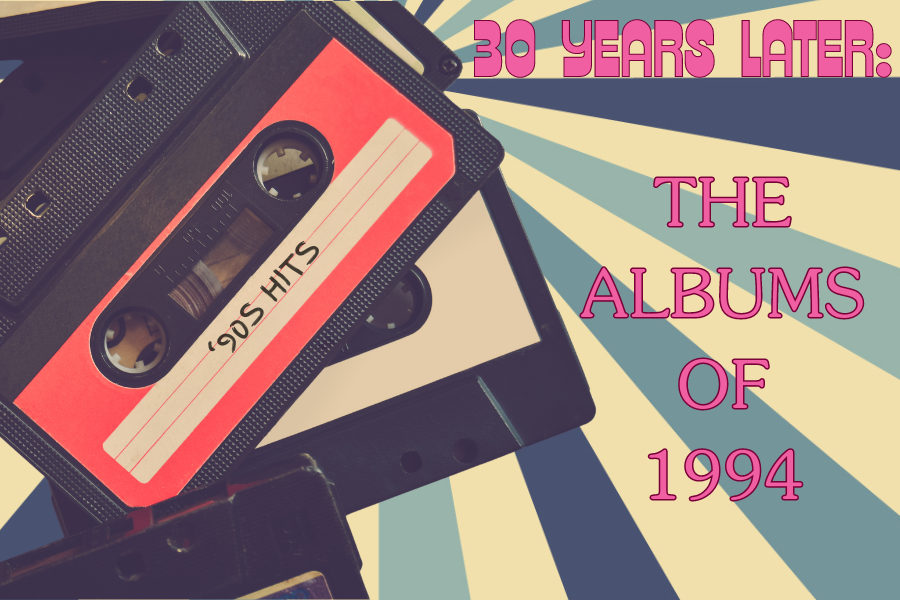
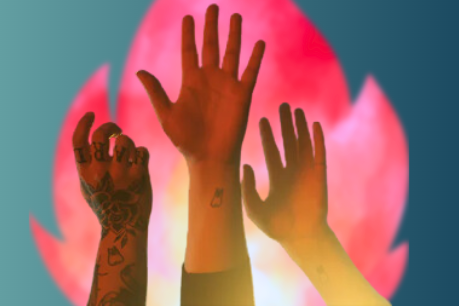



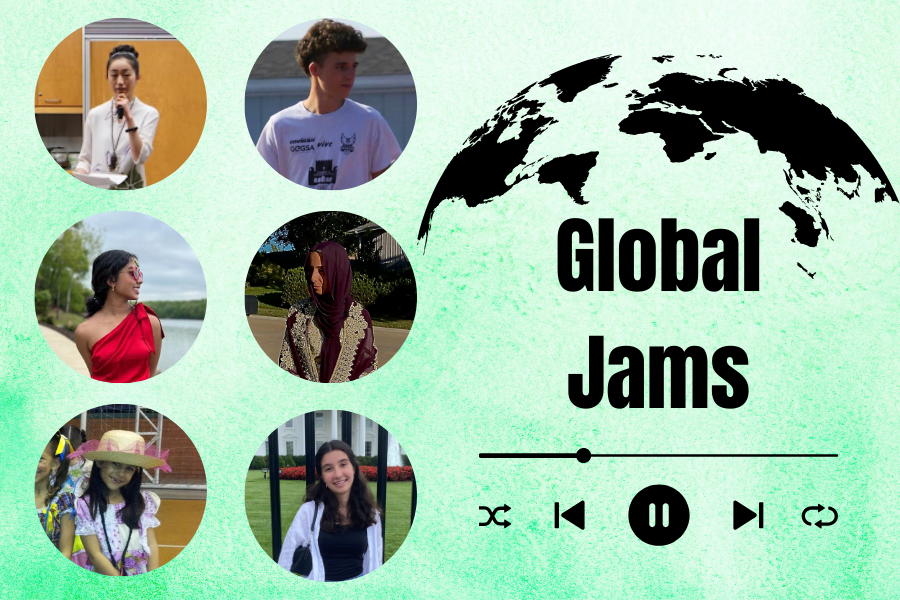

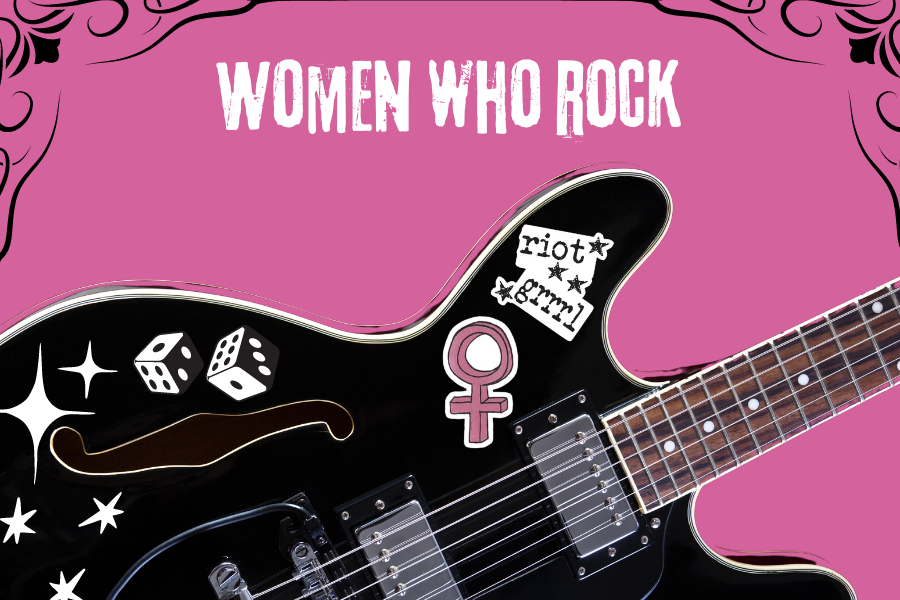
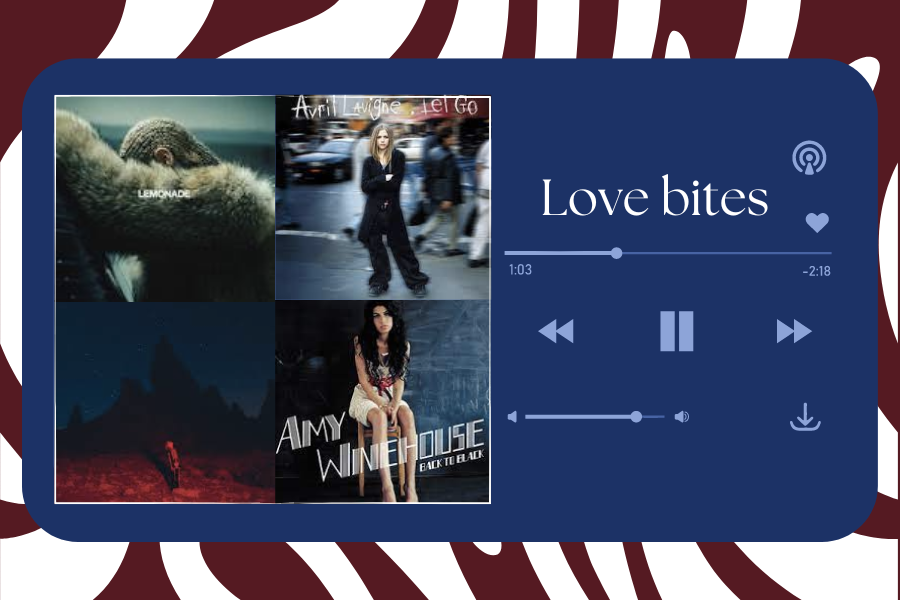
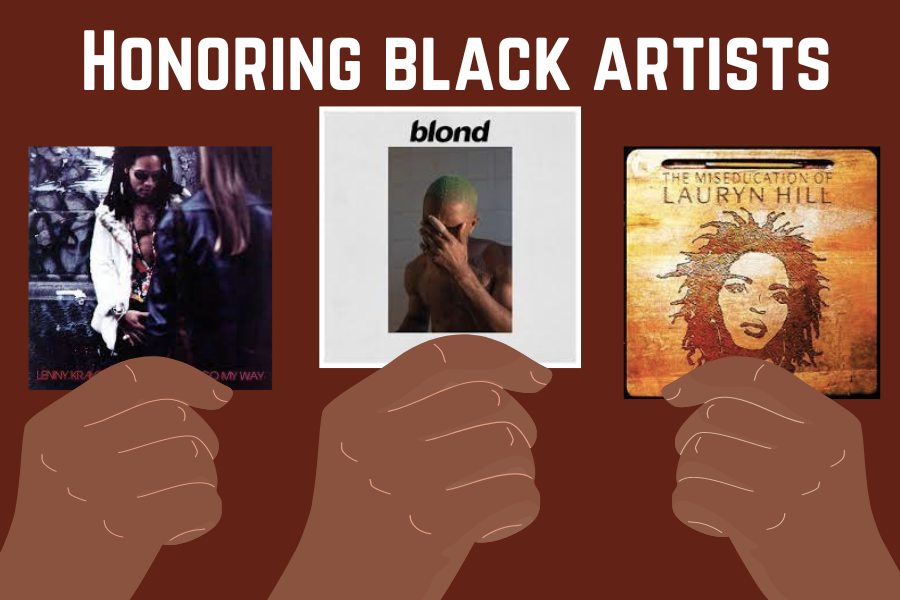
![2023 was defined by female vocalists such as Miley Cyrus, Taylor Swift and Paramore’s Hayley Williams as their diversity and talent amongst their respective genres topped the musical charts. Williams took to Instagram to show her gratitude for having owned the No. 1 spot on Billboard’s Top 100 chart. “We know enough by now to know success doesn’t equal value. That being said, to experience the [No. 1] on this album, as this version of Paramore, is such a sweet and surreal moment to celebrate together,” Williams wrote.](https://pwestpathfinder.com/wp-content/uploads/2023/12/2023-A-Musical-Recap-2.0-1.png)


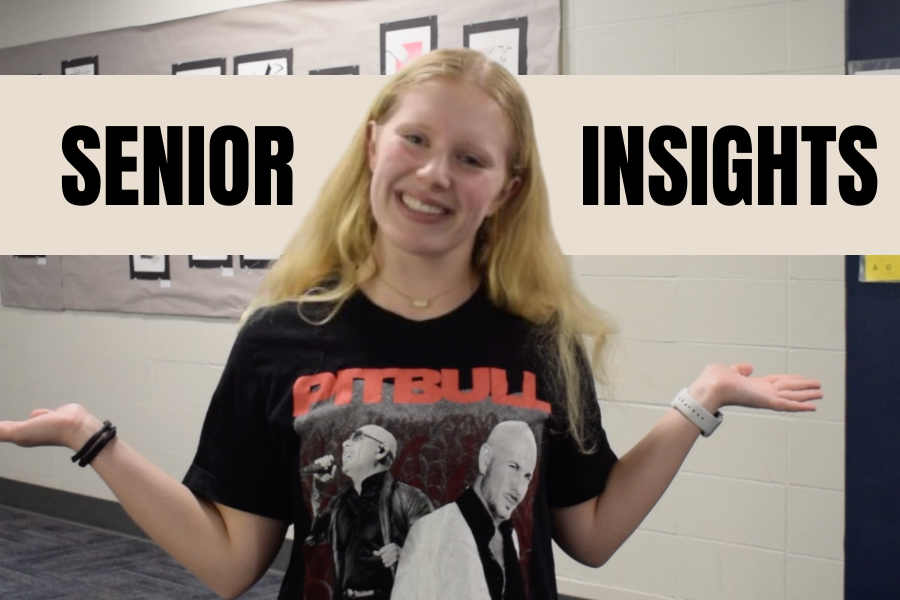
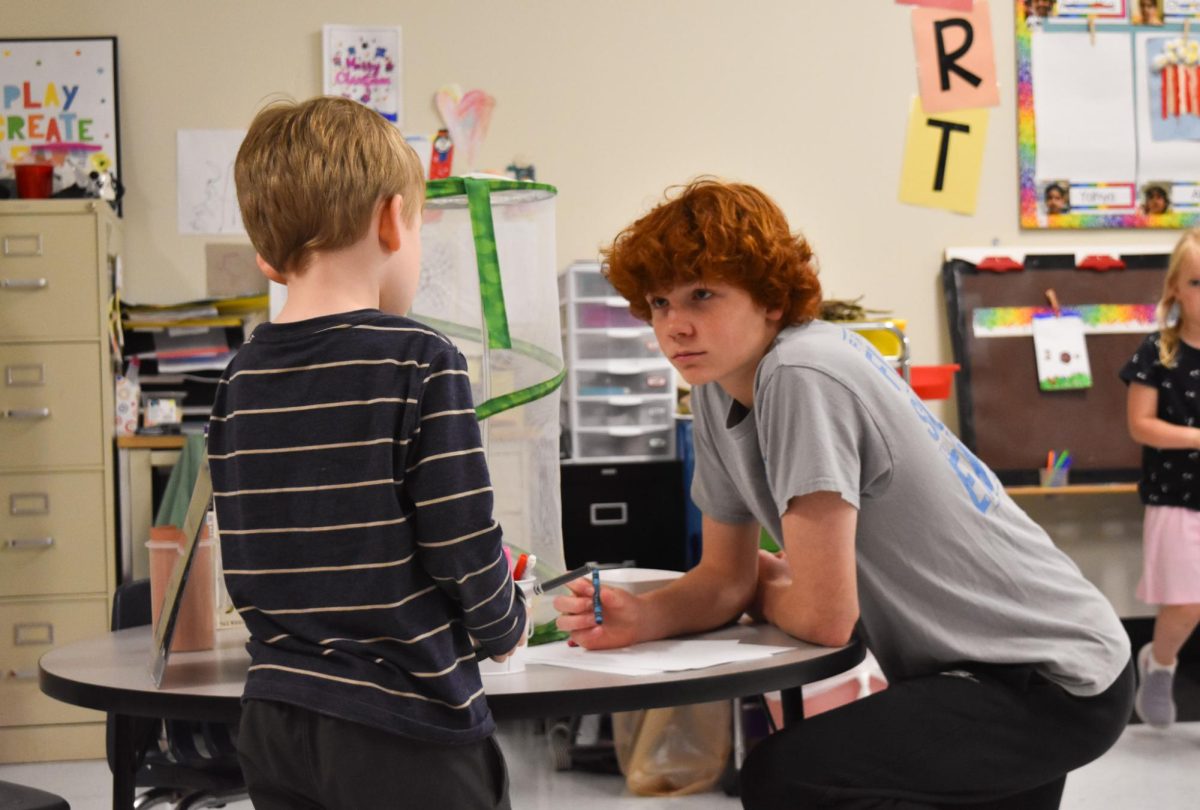
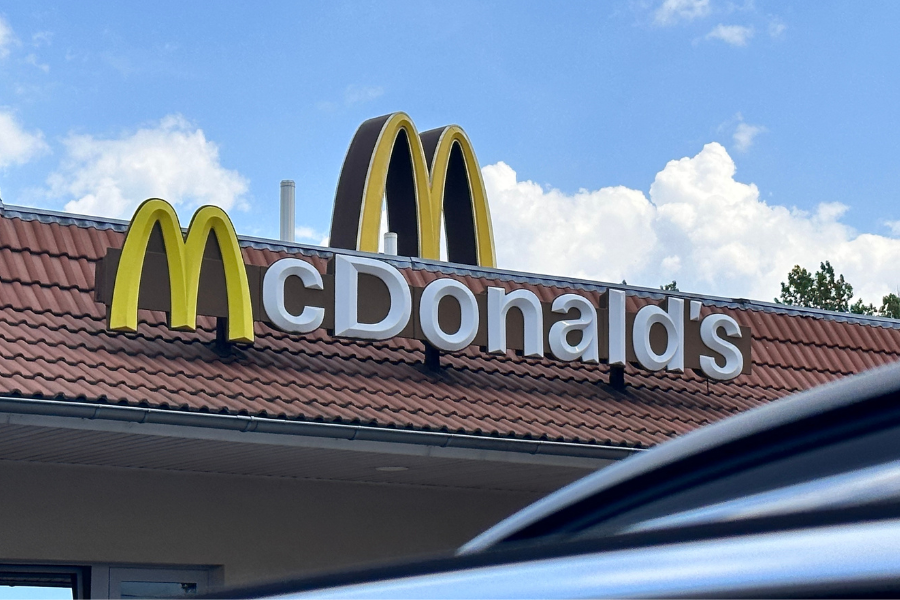
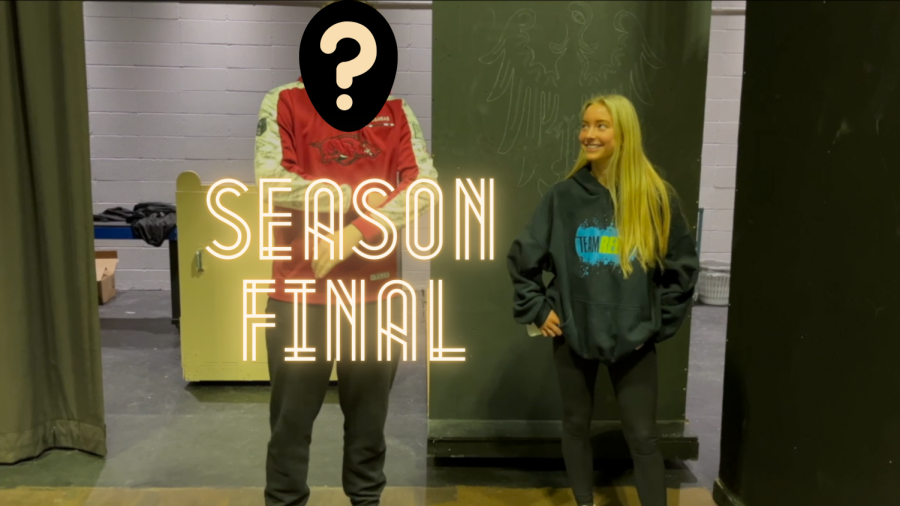
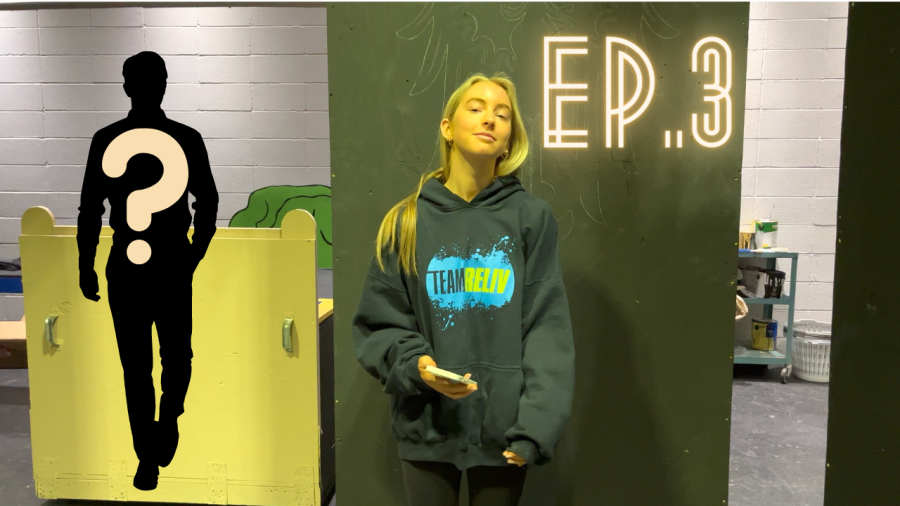
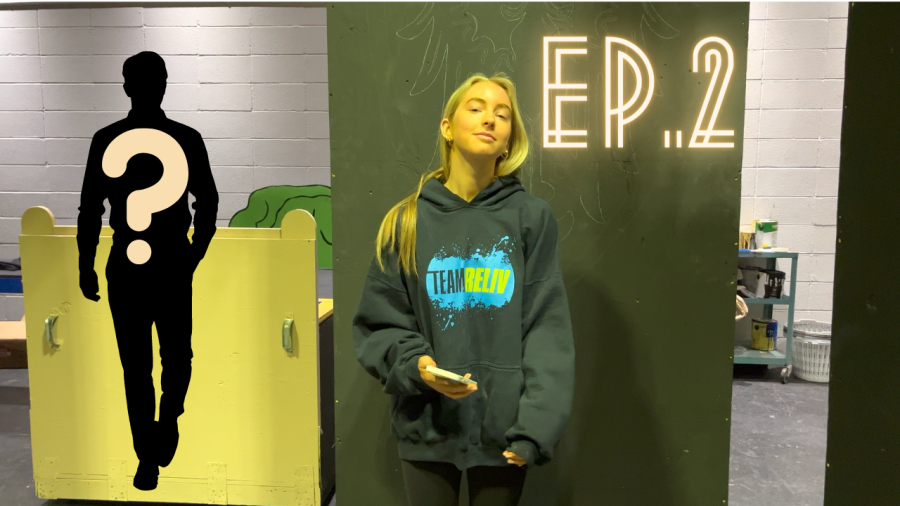
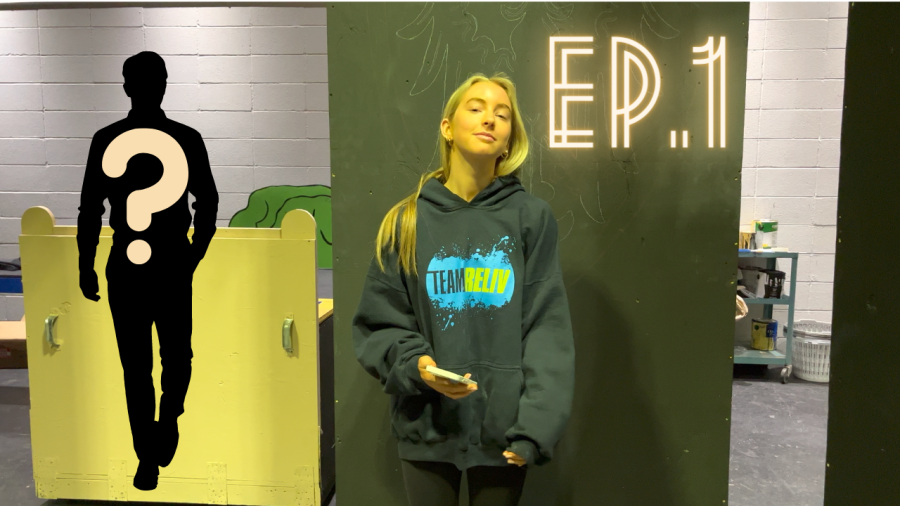
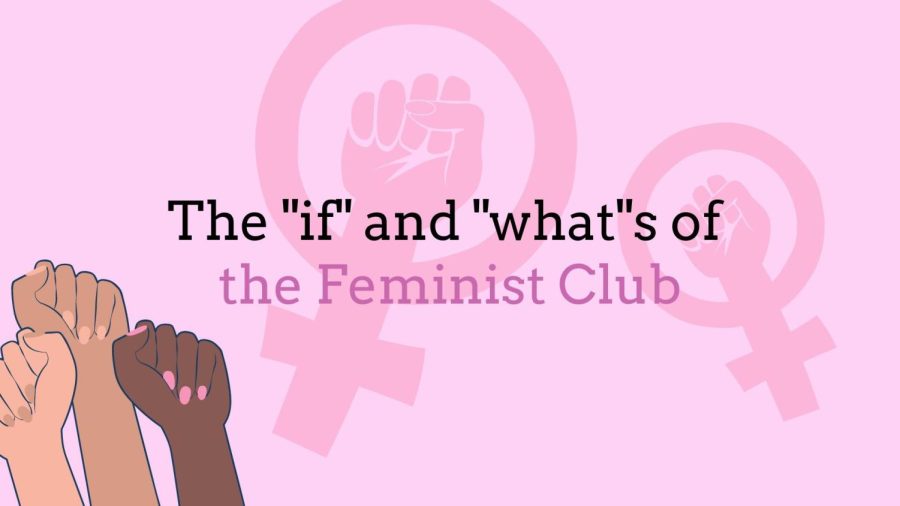
![In perfect shooting form and with eyes on the rim, junior Tyler Kuehl is about to shoot his next basket in the last game of the season against Marquette High School. Kuehl has been playing basketball since he was 5. “Even though I played basketball all my life, the game-winning shots can be pressure, its confidence. If youre going into that shot and not thinking that youre gonna make it, its obviously not going in. And if you believe, [it will]. Thats the only way you can succeed,” Kuehl said.](https://pwestpathfinder.com/wp-content/uploads/2024/01/unnamed-32-1-1200x1200.png)

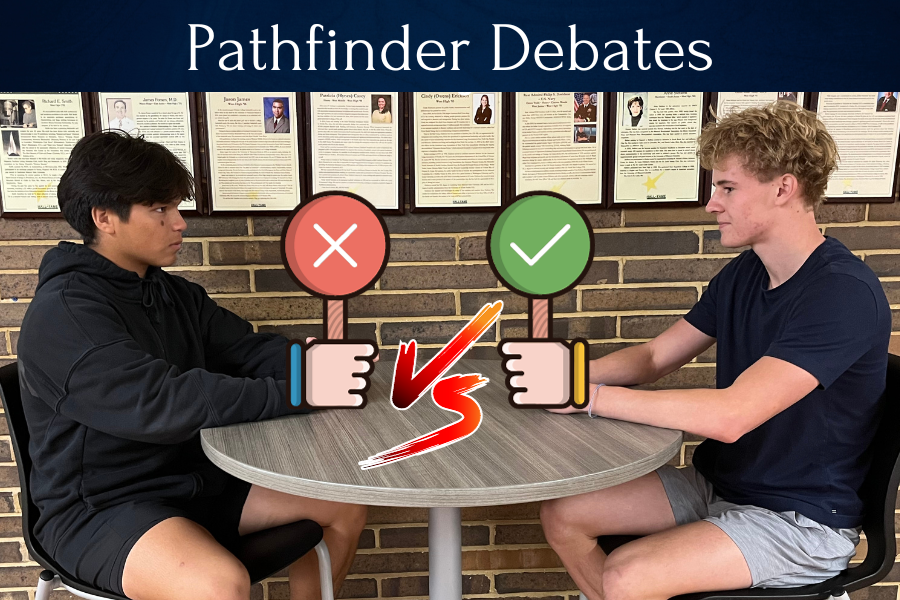
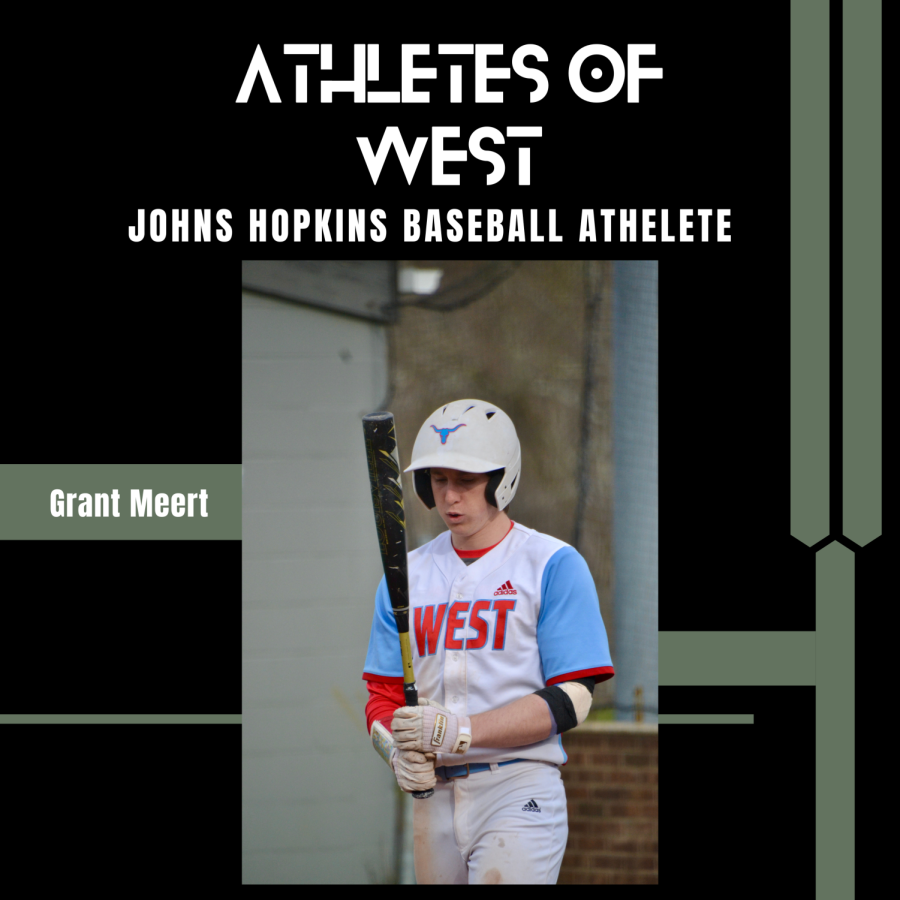

![“At the beginning of the year, I didnt really know a lot of [the] kids in my class [so] I tried to fit in [get to] know [them better]. Then, I started having a [friend] group I [now] stay with. [Now,] if I need to ask a question to understand the material better, Ill just ask. [Having more friends and being able to connect with people] makes me feel great. It makes me feel like Im not alone in [my] classes, and if anybody needs help, [we] always have [each other] to turn to. [I’m most proud of] meeting all the people throughout the years, growing and overcoming my injury. I feel like Im usually more kind to others and prefer their opinion over mine. I [am] always [open] trying what the group wants. When Im by myself, I [can] do something for [only] so long, but when Im with other people, I [can] do anything for as long as whoever Im with wants to. [As] I go through life, I want to make sure that everything I do is fun, [but] sometimes I cant help it because [I] need to have hard [moments in life;] moments being sad, mad or upset. Whatever you [choose to] do, always have fun and make sure it’s what you want.” - Ikhana Hildebolt, 9](https://pwestpathfinder.com/wp-content/uploads/2024/05/IkhanaHildebolt_9-1200x800.jpg)
![“Ive always been into [doodling] with pencils and ink. I used to watch YouTube drawing tutorials and [tried] to copy them. I had so much fun with that, but I felt like I was never [that] good [at art]; it made me lose motivation to draw. If I dont feel motivated to draw, I dont force myself to. I want drawing to be fun for me. I feel like every time I start again Im better than when I left. People can [create] art really fast but Ill sit there for hours and not be [finished] with the smallest [detail.] I learned to have patience [and] take my time. I used to try to get [fancy] materials. I was so stuck in the mindset that I needed [more supplies] to get better. I would get it and then feel discouraged because [my art quality] would be the same. Be patient with yourself. You dont need fancy materials to [make astounding] art. You can just use a wooden pencil and draw an amazing piece. I enjoy making beautiful [pieces] that have a message [behind it.] Its rewarding to see hours of work pay off as the final piece comes together.” - Morgan Summa, 10](https://pwestpathfinder.com/wp-content/uploads/2024/05/DSC_0034-1200x800.jpg)
![“I have been playing football for a long time and have enjoyed it. This year especially, I had so much fun. I was very happy when I made varsity because freshmen dont usually make the team [their first year of high school.] I love being around the guys [on the team] and I am going to miss the senior [mentors] next year. I will never forget the impact the seniors and Coach Duncan had on me. It was not only a team, it was a family. I felt like I belonged.” - Ethan Bain, 9](https://pwestpathfinder.com/wp-content/uploads/2024/05/IMG_7636-1200x800.jpeg)
![“This is my 10th year [teaching] at West. I started teaching because I struggled a lot in school, [but I decided to teach English because] I really like writing. I had a really hard time in high school and learning did not come easy to me in middle school. I would study for tests and still [did] not do well, or [I would] work really hard to write an essay and it just wouldnt come together. Once I got a grip on how to learn at the end of high school and in college, I really wanted to help students who were struggling to break down the learning process and make it easier because school is not easy for everyone. Math might not be your [specialty,] but maybe youre really good at theater, English or something else. So I’ve been helping students find what they are really good at, and [I have strived to] give them the confidence to continue.” - Diana Uffman, English](https://pwestpathfinder.com/wp-content/uploads/2024/05/DSC_0266-1200x800.jpg)
![“One thing that motivates me to write is being understood. A lot of my writing is about myself, my experiences, emotions and problems [that] I’ve had to deal with. Writing about it makes it easier for people to understand. [My work] might not [directly] say what the problem is in the story, but I love creating these fears, experiences and weird realities to reflect the issue. [A word I’d use to describe my writing is] probably ‘odd’. My writing style is [definitely] ‘out there’. I write a lot about death and forgetting people. [But] there’s also been a lot about just being alive, and [in the moment]. I struggle a lot with derealization, which is when nothing feels real to me. I write a lot about that, and it helps me feel more [grounded]. [Writing allows me to connect to others so] that people can relate to the characters in a story [which] helps them feel more comfortable with their own emotions. Every writer implements a piece of themselves, one way or another. Just putting [oneself] in a story [allows for both a deeper level of introspection and creativity]. ” – Onyx Coleman, 9](https://pwestpathfinder.com/wp-content/uploads/2024/05/pasted-image-0-1200x800.png)



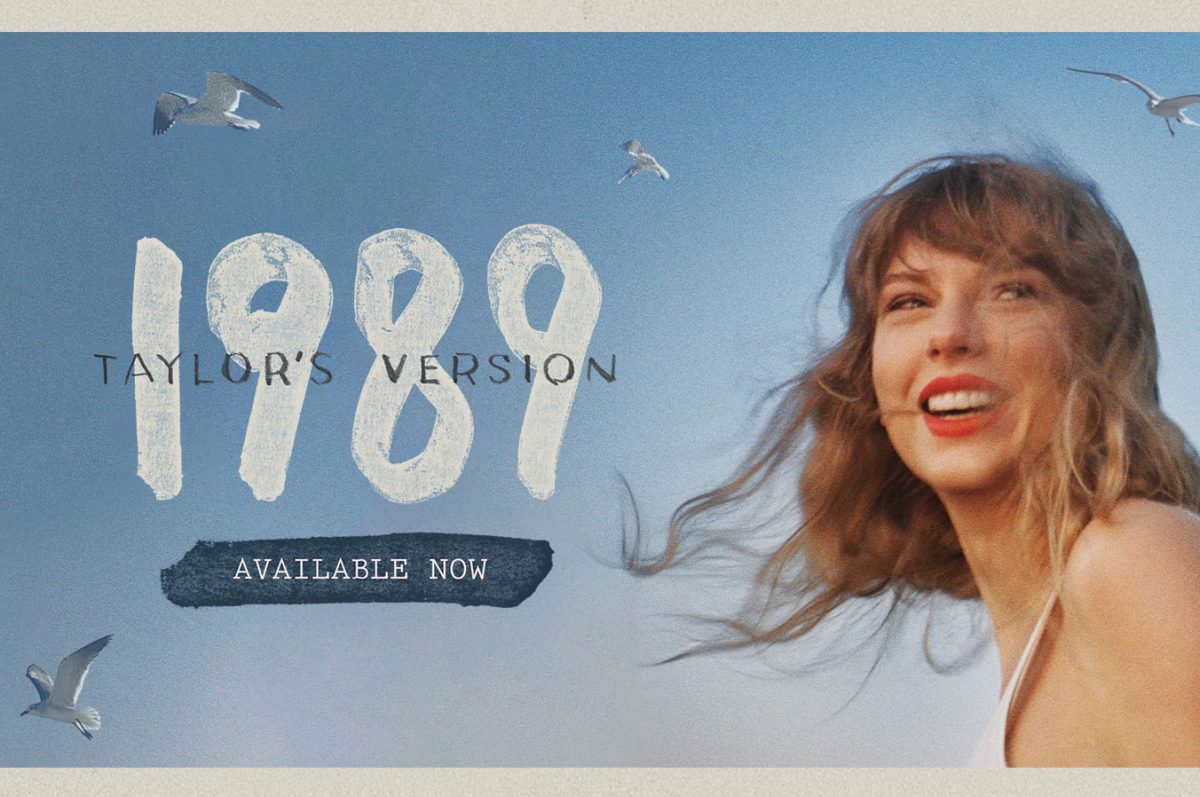
![With her arms held high, junior Jenna Rickelman throws the ball across the pool during a girls water polo practice. With hours of practice after school and over the summer, Rickelman saw many improvements in her water polo skills. “When I look at [my] stats, Im so much better than I was last year,” Rickelman said.](https://pwestpathfinder.com/wp-content/uploads/2024/05/Untitled-design-2-.png)

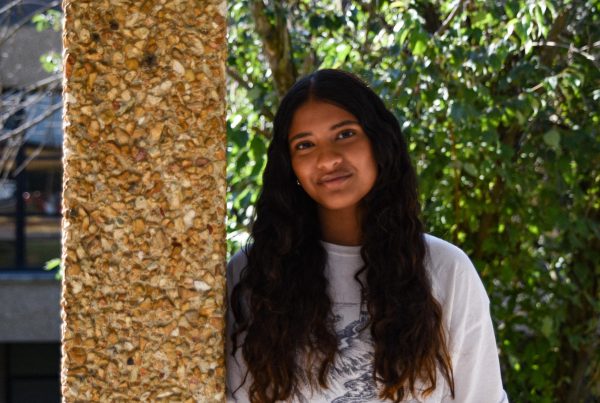
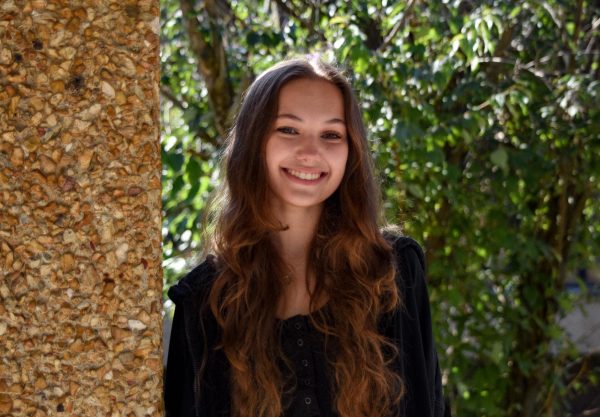
Will Gonsior • Nov 2, 2023 at 11:43 am
Awesome review, you three!
Everybody talking about Scooter Braun, not enough talking about Karl Sandberg (Max Martin). Like Coldplay letting loose with “Coloratura” after putting up with Martin for the rest of “Music of the Spheres,” it’s good to see this album freed from the original overproduction.
Lauren Holcomb • Nov 2, 2023 at 8:16 am
this is the most well-written review I’ve ever read not EVEN KIDDING